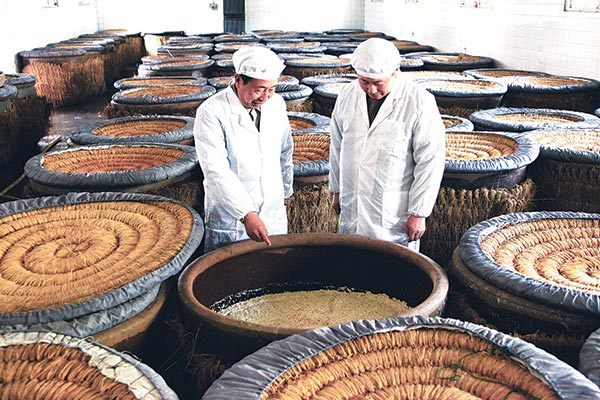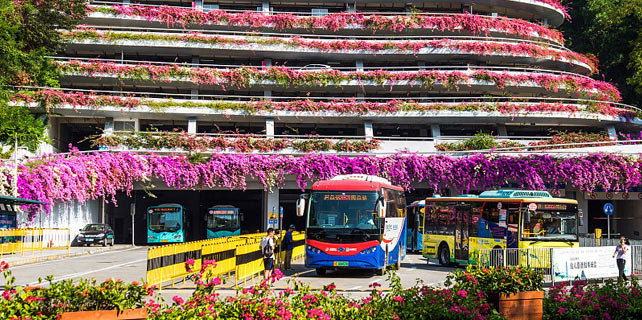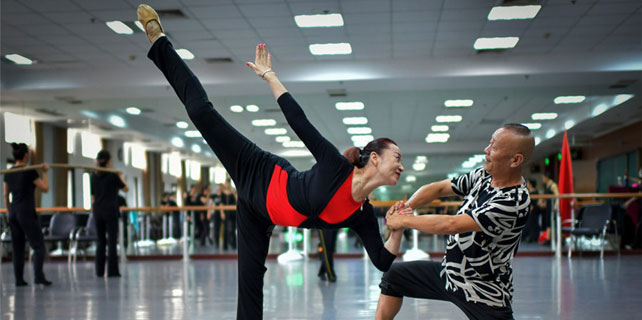Let the good times finally flow
 |
|
The artisanal skills in making Chongming rice wine, or laobaijiu, used to be something every family on the island cherished and passed on between generations. [Photo provided to China Daily] |
Even as the residents of Shanghai passed over the only wine that is produced locally in favor of other varieties such as yellow rice wine made in Shaoxing, Zhejiang province, they also continued to favor foreign imports such as red wine, something they started doing in the 1980s when the country began opening up to the world. For many of these drinkers the local rice wine was old hat.
So during the 1990s the retail price of laobaijiu dropped to 10 yuan a kilogram or less, almost the same as the price of the rice it is made from.
Chongming district's government archives show that before the 1980s the number of factories producing laobaijiu peaked at 50. Today only five in Chongming produce grain-based wine, Yu's being the only privately owned.
Shi Zhongxiu, a researcher with Chongming's intangible cultural heri-See Island, tage preservation office, said the artisanal skills in making laobaijiu used to be something every family on the island cherished and passed on between generations. The "invasion of Western alcohols" has not only diminished the number of drinkers of laobaijiu, but also "killed the once prevalent tradition of making sticky rice wine every autumn, after the rice harvest", Shi said.
In 2009 the municipal government designated the skill of making laobaijiu as an item of Shanghai's intangible cultural heritage that needed preservation. Later that year the central government listed the wine as one of the country's Protected Geographical Indication Products.
Laobaijiu, which literally means old white wine, is believed to have been invented 700 years ago in Chongming, about the same period as Moutai, the wheat-made liquor, was first made.
















